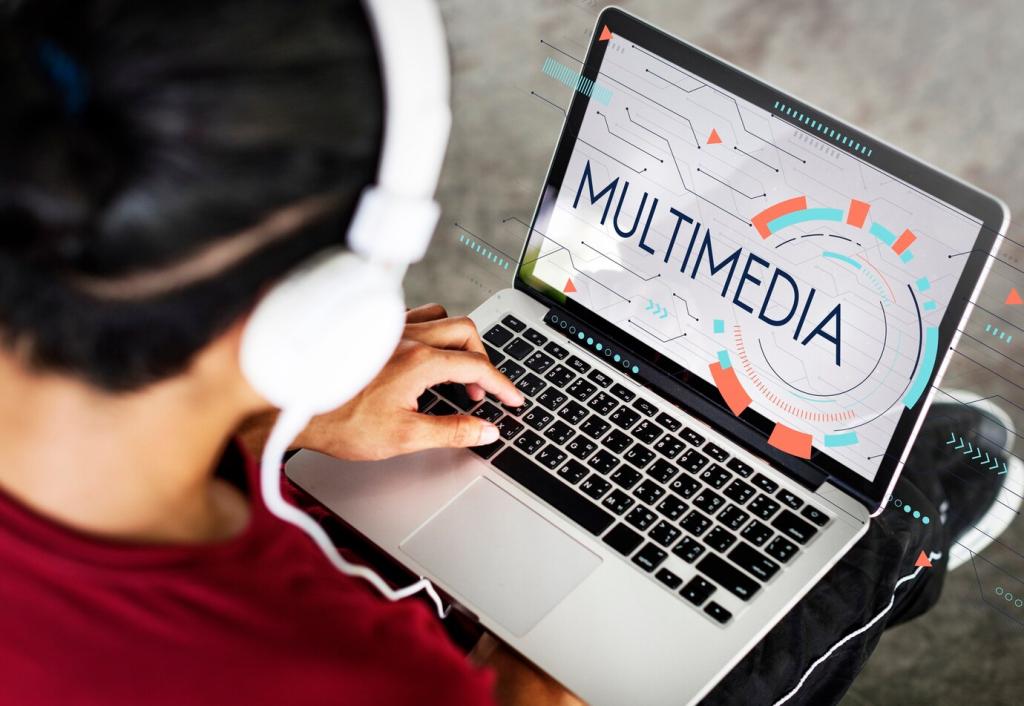Tools of the VR Newsroom
News teams rely on Insta360 Pro, Ricoh Theta, and modular rigs for coverage; headsets like Meta Quest and HTC Vive handle distribution. Shotgun mics and ambisonic recorders capture sonic context, translating chaotic scenes into coherent, credible presence.
Tools of the VR Newsroom
Editors stitch and grade footage in Premiere Pro and Mistika VR, build interactives in Unity or Unreal, and optimize with WebXR for browsers. Version control, metadata, and captions ensure transparency, while comfort settings protect susceptible audiences.
Tools of the VR Newsroom
Independent journalists start with a compact 360 camera, tripod, lav mics, and a laptop capable of GPU rendering. Cloud storage, proxy editing, and standardized templates keep deadlines realistic without sacrificing the nuance immersive journalism demands.
Tools of the VR Newsroom
Lorem ipsum dolor sit amet, consectetur adipiscing elit. Ut elit tellus, luctus nec ullamcorper mattis, pulvinar dapibus leo.






